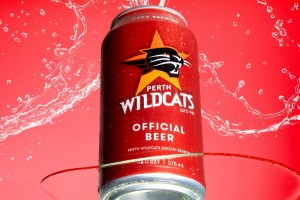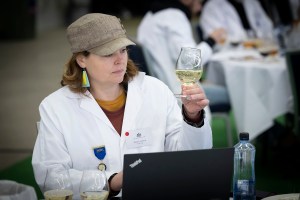This week, we are joined by founder/CEO of Voodoo Brewery Matteo Rachocki. We discuss many things with Matteo including: Voodoo’s legacy from back in the RateBeer/bottle share days. Early day […]
The post Podcast EP 258 – Interview Matteo Rachocki of Voodoo Brewery appeared first on The Full Pint - Craft Beer News.























